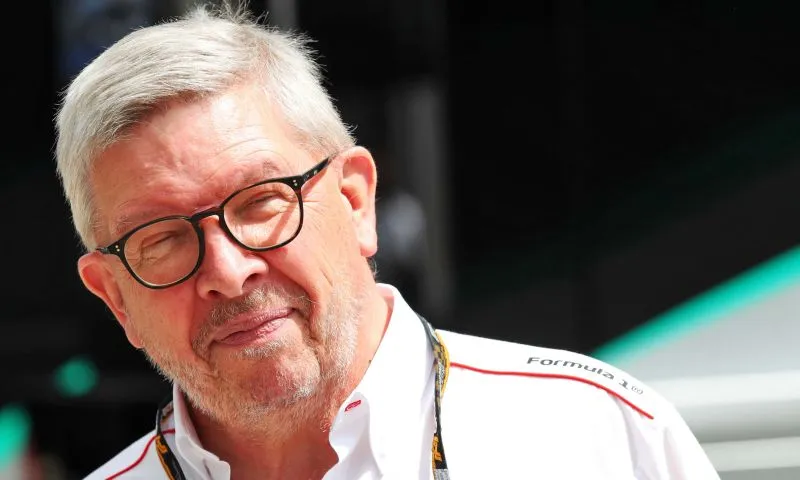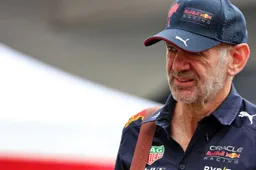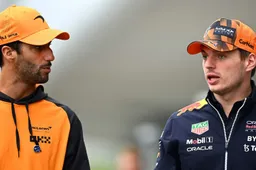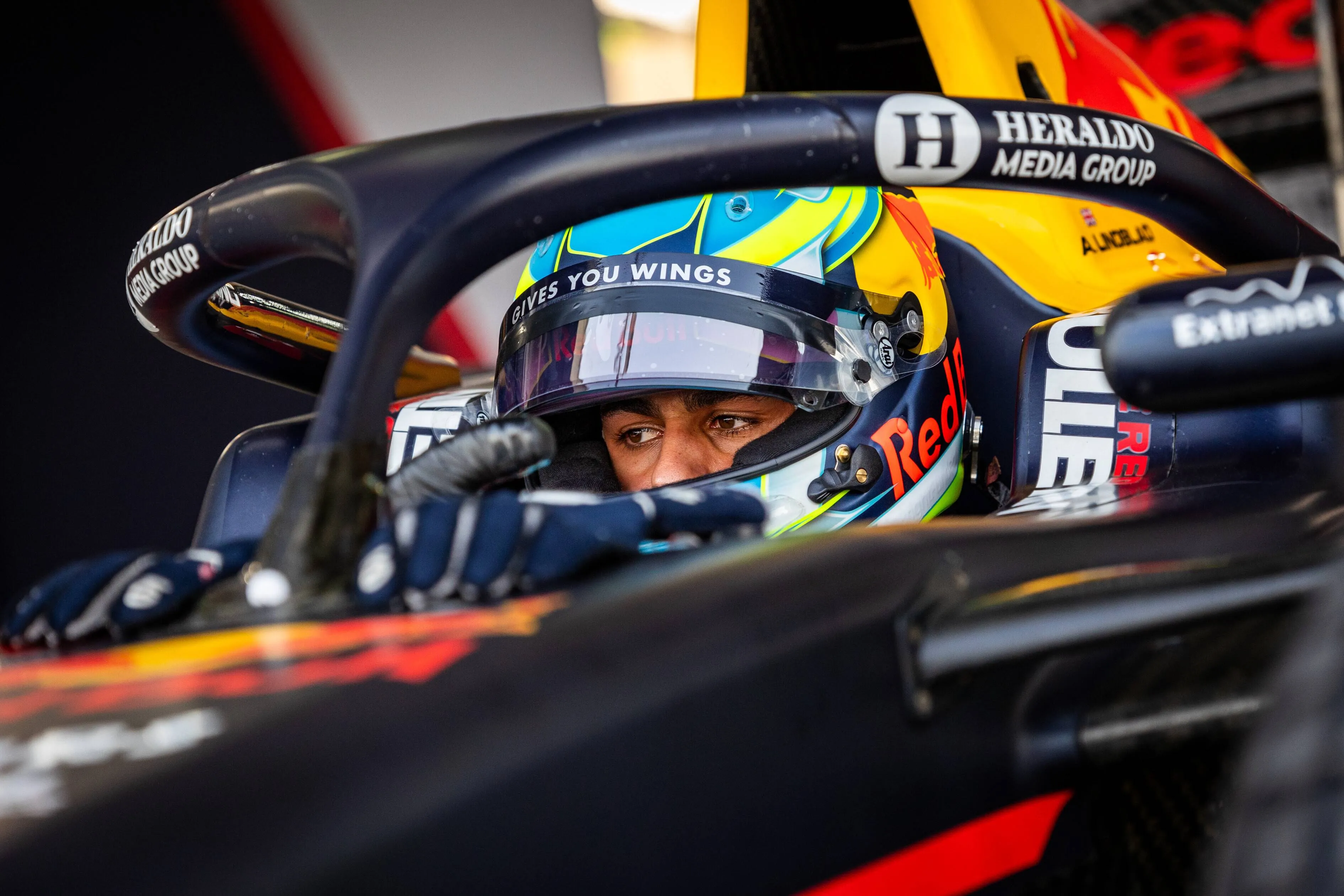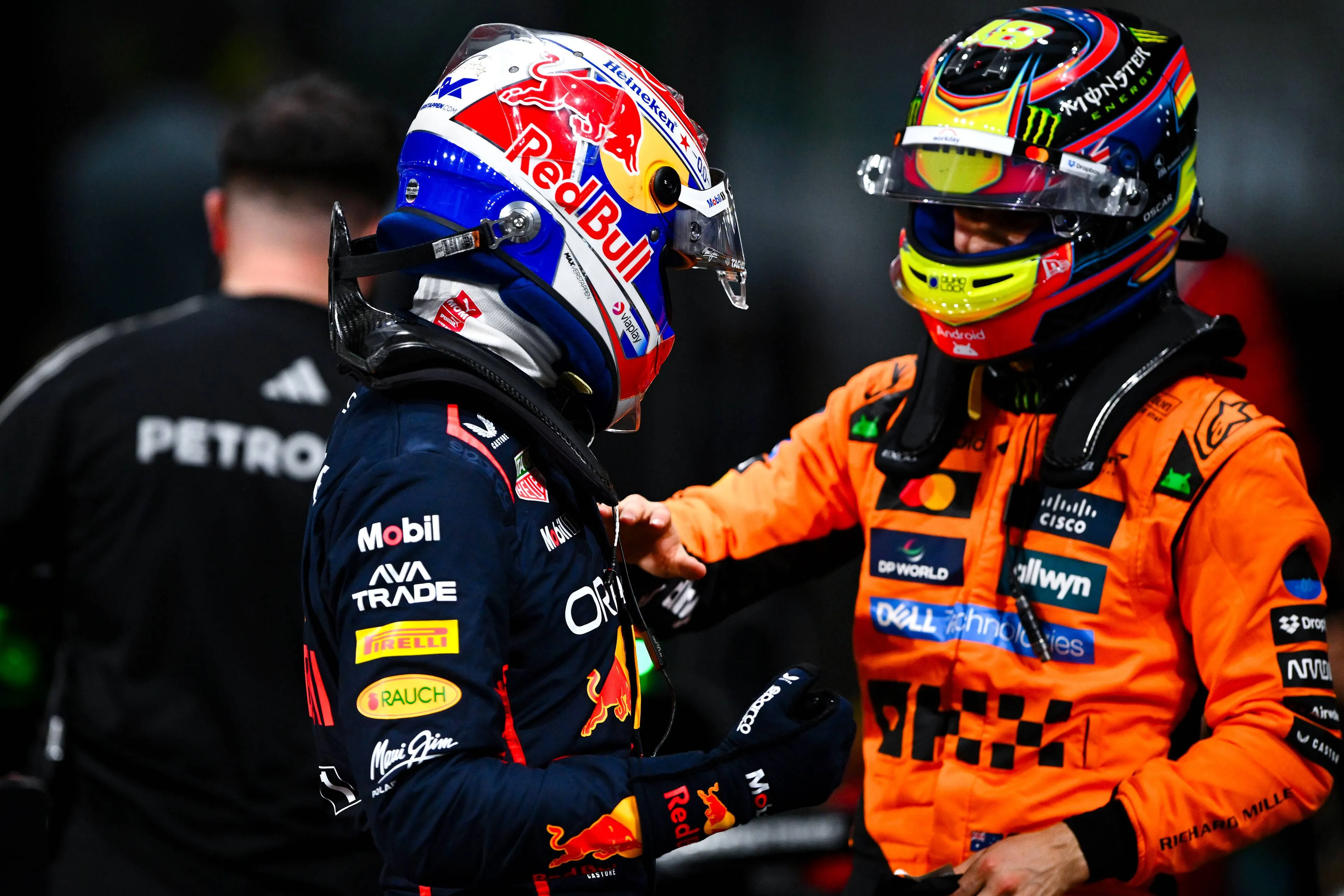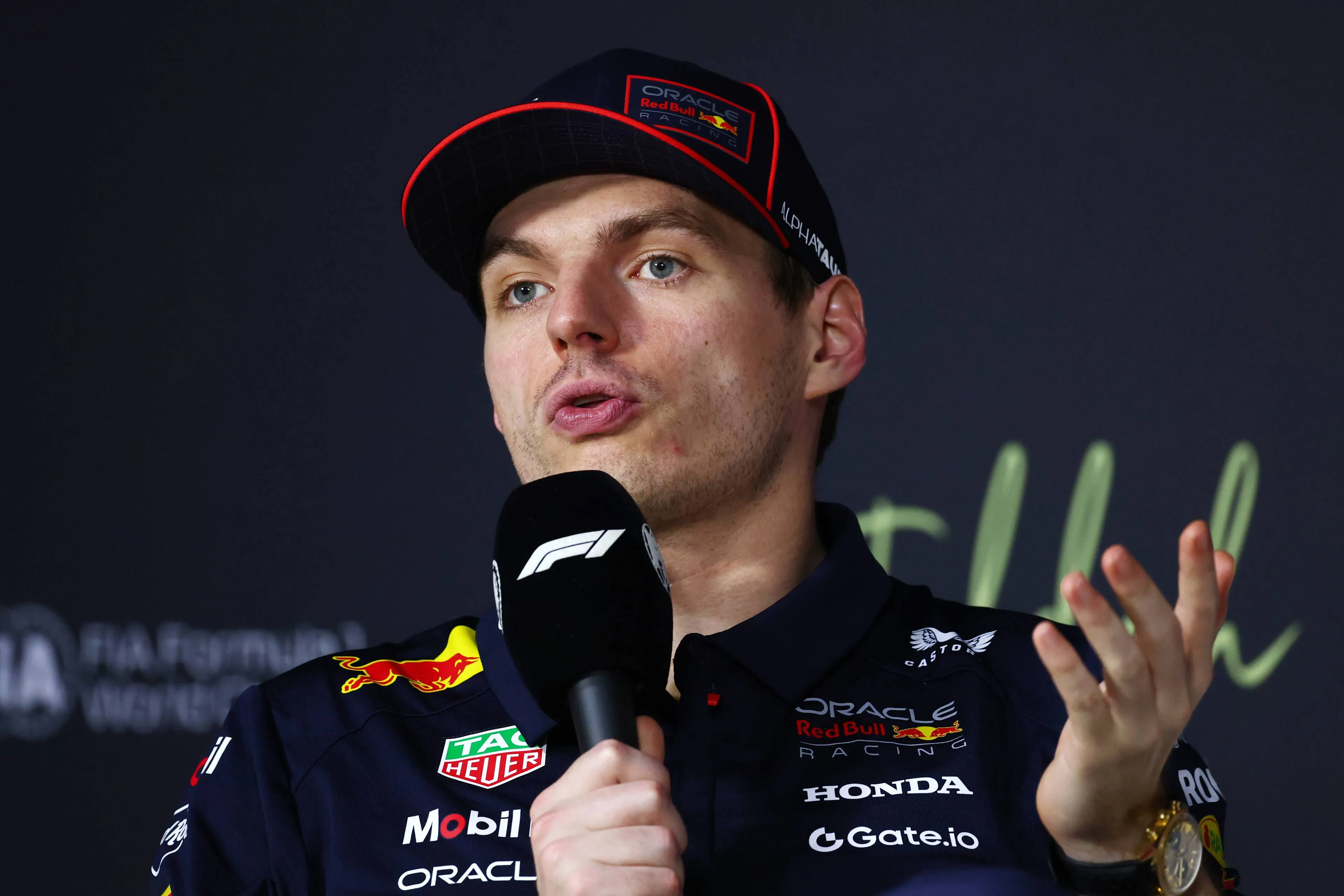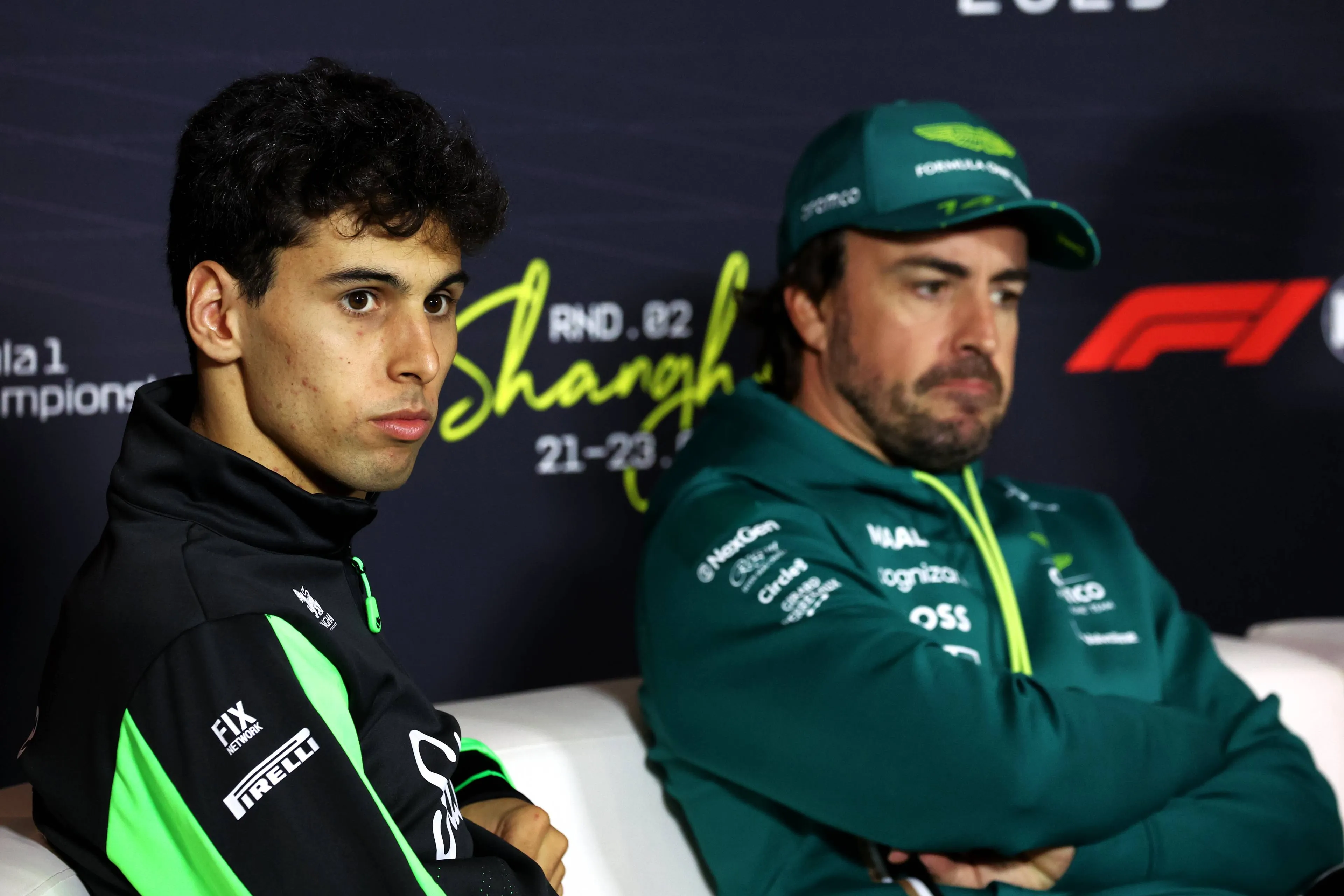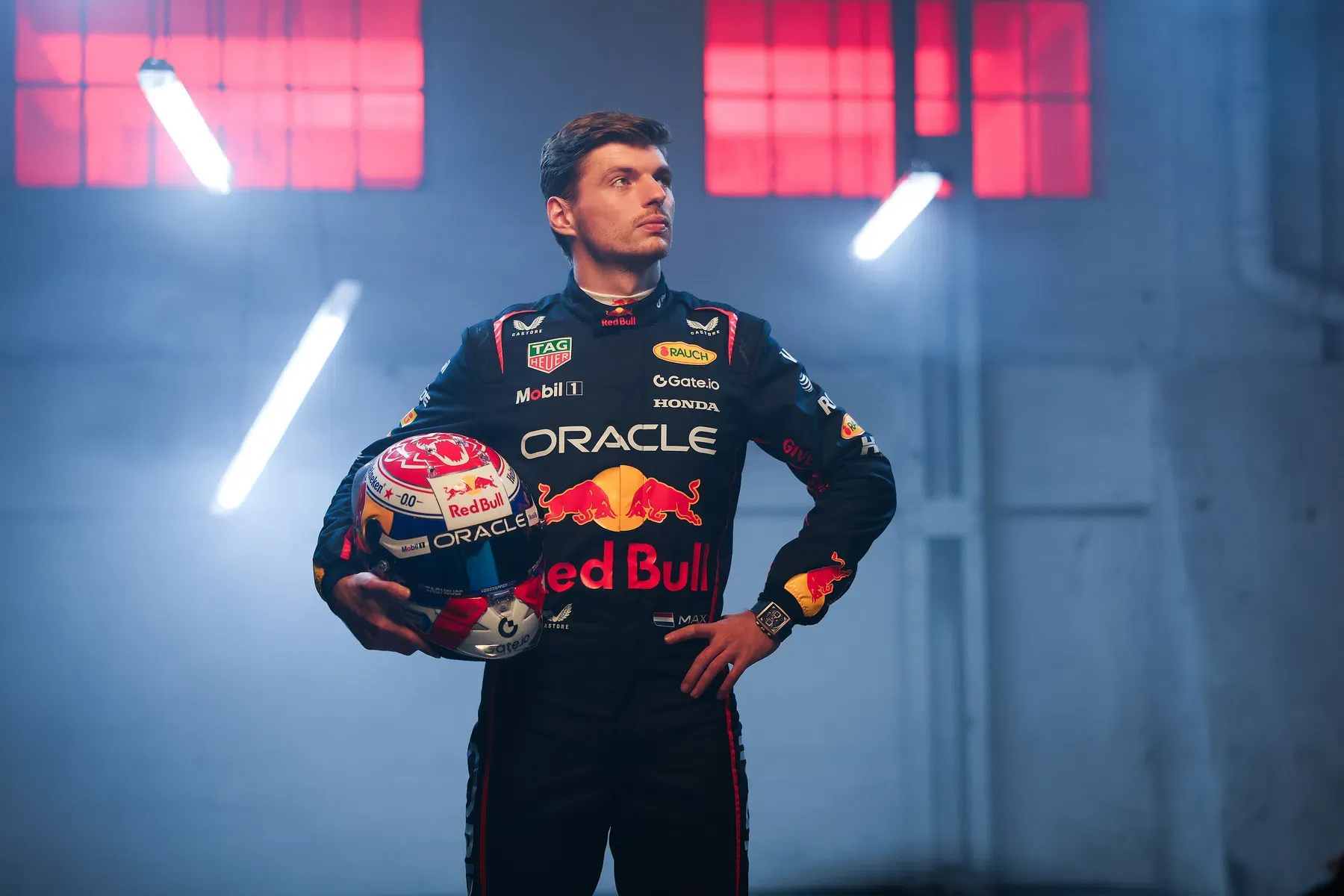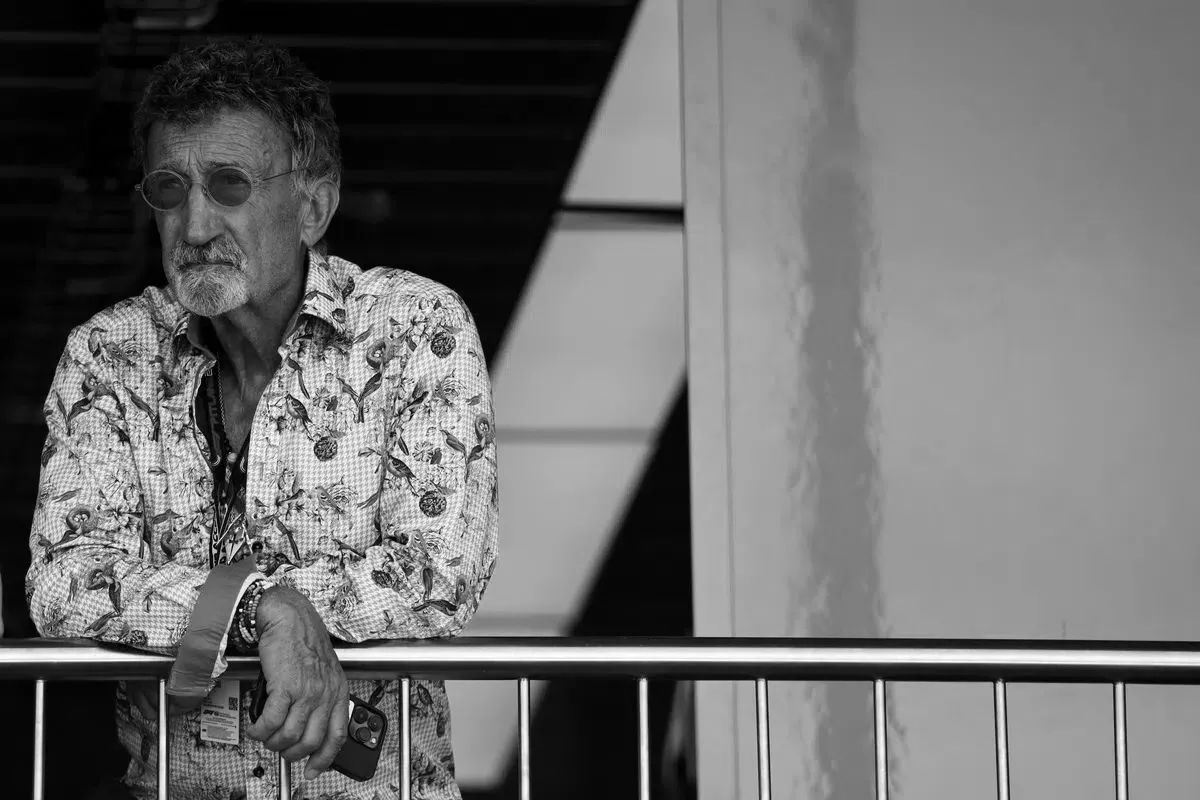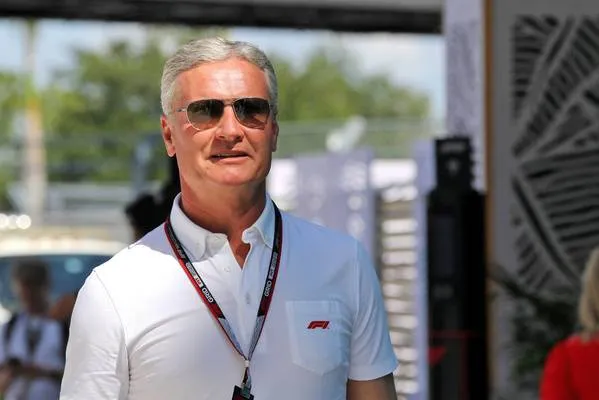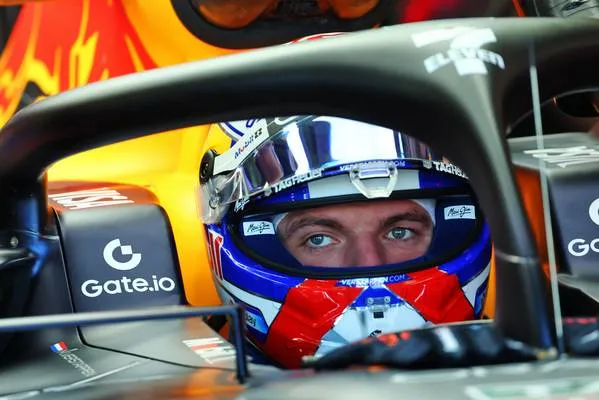From Williams engineer to Ferrari dream team: Brawn leaves F1 behind
19:35, 28 Nov 2022
0 Comments
With the announced departure of Ross Brawn, a familiar name is disappearing from Formula 1. After a 46-year career in motorsport's king class, Brawn has decided to turn his back on it, ruling out a possible return to Ferrari as well. How did this man climb from engineer to one of the most powerful people in F1?
Brawn began his career in motorsport in 1976, when he joined March Engineering as an operator at the age of 22. Not long after, he joined the Formula 3 team as a mechanic. In 1978, he was recruited by Sir Frank Williams for the newly formed F1 team Williams, where Brawn's duties included working as an aerodynamics specialist in the wind tunnel.
In 1985, the Brit moved to the Haas Lola team, but when the team left the sport at the end of 1986, he moved on to Arrows. There, he worked on the design of the Arrows A10, A10B, and A11 for the 1987, 1988, and 1989 seasons, respectively. In late 1989, he moved to the Jaguar Sportscar class, where he was the chief designer of the championship-winning Jaguar XJR-14.
Successes with Benetton
Two years later, in 1991, Brawn returned to F1. He joined Benetton as technical director, which won the drivers' world championship with Michael Schumacher in 1994 and 1995. In 1995, Benetton also became the constructors' champion. Brawn played an important role in winning the championships and was responsible for some decisive strategic decisions.
Dream team at Ferrari
At the end of the 1996 F1 season, Brawn decided to follow Schumacher to Ferrari, after the German made the switch to the Italian racing stable a year earlier. There, he again played a major role in the many successes that would follow for the team. Ferrari became increasingly competitive and in 2000, the team with Michael Schumacher won the drivers' championship for the first time since Jody Scheckter in 1979.
Brawn was a key part of what was labelled Ferrari's 'dream team', along with Schumacher, team boss Jean Todt and chief designer Rory Byrne. However, the successful combination fell apart after both Schumacher and Brawn got involved with the team after the 2006 season.
Brawn GP
After a year's absence from the sport, Brawn returned to F1 in late 2007, this time to work as team boss at Honda. A year later, however, Honda announced its withdrawal from the sport. Brawn took over the team with a majority stake and renamed it Brawn GP, which started running Mercedes-Benz engines in 2009.
The team attracted several key sponsors and made an unprecedentedly strong start to the 2009 F1 season. In the first race of the year, the Australian Grand Prix, Jenson Button qualified in pole position with teammate Rubens Barrichello next to him on the front row of the grid. Button won six of the seven first races, taking such a big lead over his main rival Sebastian Vettel that he could not be overtaken. Brawn GP won the world title in both drivers and constructors, but it would remain with this one year.
Mercedes
After the successful 2009 season, Brawn GP came to an end because of its takeover by Mercedes-Benz. Brawn, who came out of the deal very well financially as a majority shareholder, decided to stay on as team boss. This proved to be a major reason for Schumacher to make his comeback in F1 in 2010. However, a few lean years followed for Mercedes and Schumacher left at the end of 2012 to permanently hang up his helmet on the willows.
Mercedes fared considerably better in 2013, but Brawn left the team at the end of the season after alleged disagreements over his role. Following this, the Briton remained absent from the sport through 2016, with the exception of his role in the investigation into Jules Bianchi's crash at the Japanese Grand Prix.
Book and return to F1
In late 2016, Brawn released a book titled Total Competition, on strategy in F1. At the same time, he announced his intention to return to the king class of motorsport, albeit in a strategic role.
In early 2017, following the takeover by Liberty Media, the announcement followed that Brawn was appointed director of motorsport and technical director of Formula One Group. He remained in that role for six years until he announced his final departure from F1 on 28 November 2022. This marks the end of Brawn's 46-year, highly impressive career in which he worked his way up from engineer to one of the most powerful men in Formula One.
Read more about:
Popular on GPBlog
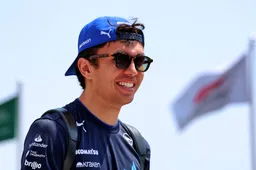
1
Albon jokes about return flight with Verstappen: 'I'll sleep on that plane'
1161 times read
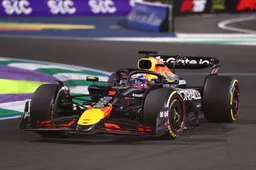
2
Red Bull Racing seeks last-minute change in 2026 engine regulations
1050 times read
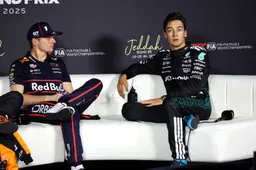
3
Russell was suprised by Verstappen actions in Jeddah
1034 times read

4
Verstappen did not curse when notified of penalty, but was still censored
934 times read
